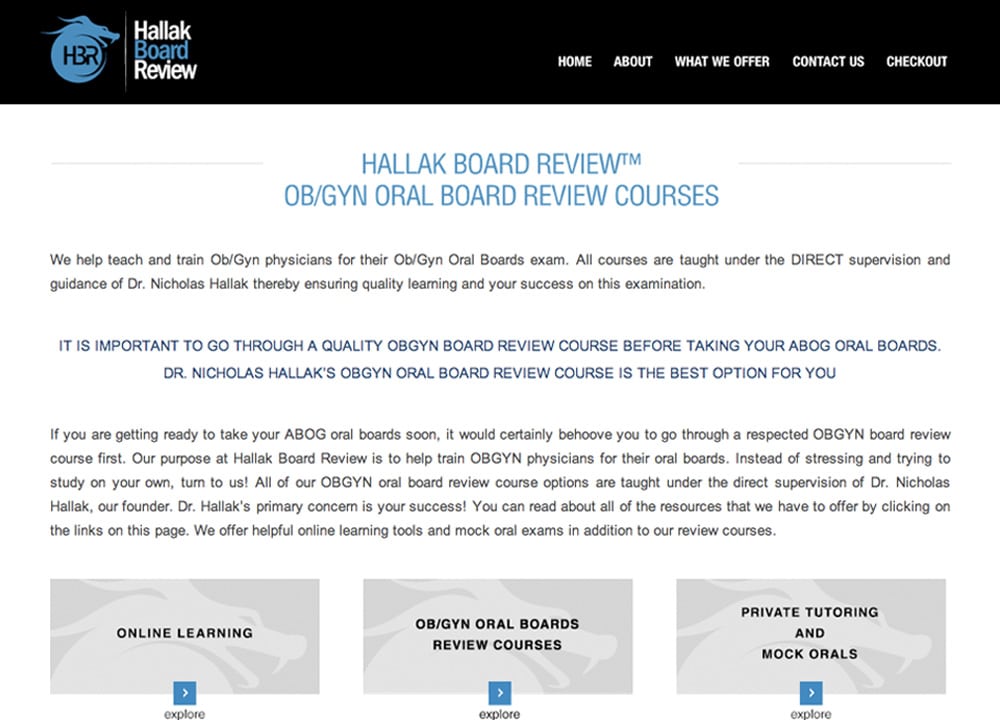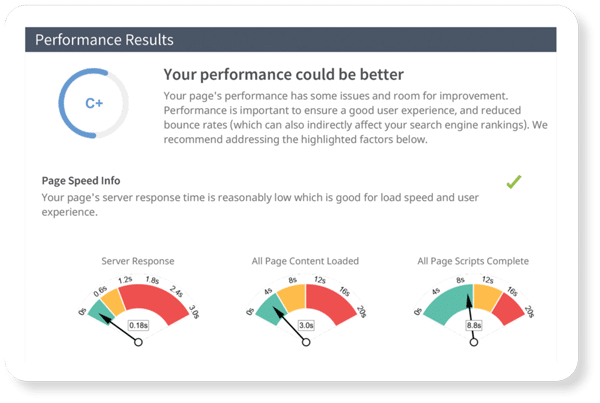Many of our MyAdvice clients use email marketing to their current and potential patients. While any communication with your patients is valuable, there are some things to consider when creating and sending your next email.
First some facts about email marketing
There are more statistics on email marketing than time to go through. But here are some interesting statistics:
- 92% of online adults use email, 61% every day.
- 57% of email users spend 10-60 minutes browsing marketing emails during the week.
- 90% of email gets delivered to the intended recipient’s inbox, whereas only 2% of your Facebook fans see your posts in their News Feed.
- Open rate is highest when companies send two emails per month.
- Email marketing has a ROI of 3800%.
- 72% of people prefer to receive promotional content through email, compared to 17% who prefer social media.
- 81% of online shoppers who receive emails based on previous shopping habits were at least somewhat likely to make a purchase as a result of a targeted email.
And on and on. Email marketing works.
When to hit “Send”
The question isn’t if it works, it’s when is the best time to send your email. Timing can be almost as important as what you say.
Research shows that consumers are checking their inboxes when they first wake up and just before they go to sleep at night, although there is variation.
Reach Mail has listed these statistics on timing:
- More than 70% of Americans check their email for the first time from 5 a.m. to 9 a.m.
- New York and New Jersey consumers are the latest, checking just before 9 a.m., while people in Utah check the earliest, just after 6:30 a.m.
- As for the last check, 30% of Americans check before 6 p.m., 70% after 6 p.m.
So, if your office is in New York hitting the “Send” button should be later than if your office is in Salt Lake City. Early or late? This can be personal preference, but many marketers feel it’s better to hit people early when they are just getting the day going, rather than late when they’re looking for reasons to delete emails.
What about responses?
Sending emails to your current patient list is more a way of staying in touch, rather than looking for an immediate response. This differs than, say, a graphic designer looking for responses from potential clients.
Still, most people don’t just leave emails untouched. More than half of the survey responses from the Reach Mail survey noted above said they have fewer than 10 unread emails in their inboxes at any given time. Also, most people respond to emails (at least to those necessitating a response) within an hour.
At your practice, you’re usually using email to talk about a new procedure, to detail some news, or to remind people that, for instance, summertime is coming up so it’s a good time to get those spider veins addressed. With your email marketing, your “response” won’t generally be a reply by email, but the scheduling of an appointment or a consultation.
Make it personal and add video
Personalized email distribution through firms such as Mail Chimp tends to be opened more than non-personalized email. In addition, people look at the “From” name. If your patient sees your name on the From, she’s more likely to open it — 68% of Americans base their decision to open an email on the From name.
And don’t be afraid to use video email. Since your practice relies on your patients trusting you to perform procedures, video is a great way to build that trust. It can be shot from a webcam on your computer, or shot with a phone as you show off some new equipment or explain a new procedure you’re offering.
Don’t make the video too long, however. Probably nothing more than 60 to 90 seconds. All you want is the recipient to be engaged, and to maybe hit your website for more in-depth information on a procedure or to book an appointment. Don’t drone on and on; respect your patients’ time.
If you’re not using email to communicate marketing messages to your patient list, you should be doing so. It may be just a follow-up email after they’ve been in your office for a procedure. Or it could be more marketing oriented, trying to expand or encourage repeat business. But pay attention to when you send the messages and how engaging you make them.
If you have questions about what you’re doing with your email, don’t hesitate to ask your MyAdvice representative his or her thoughts.



